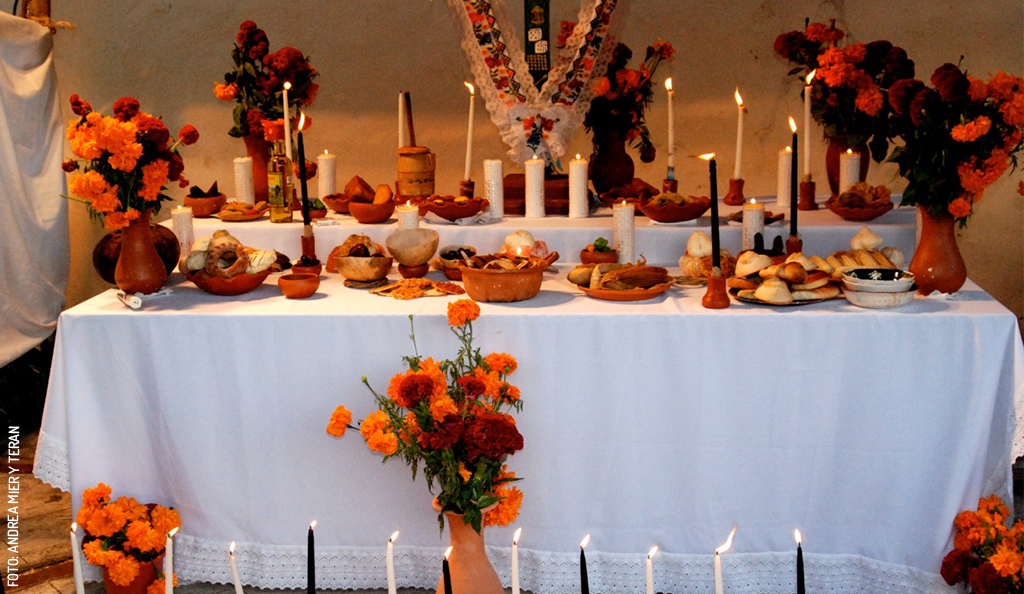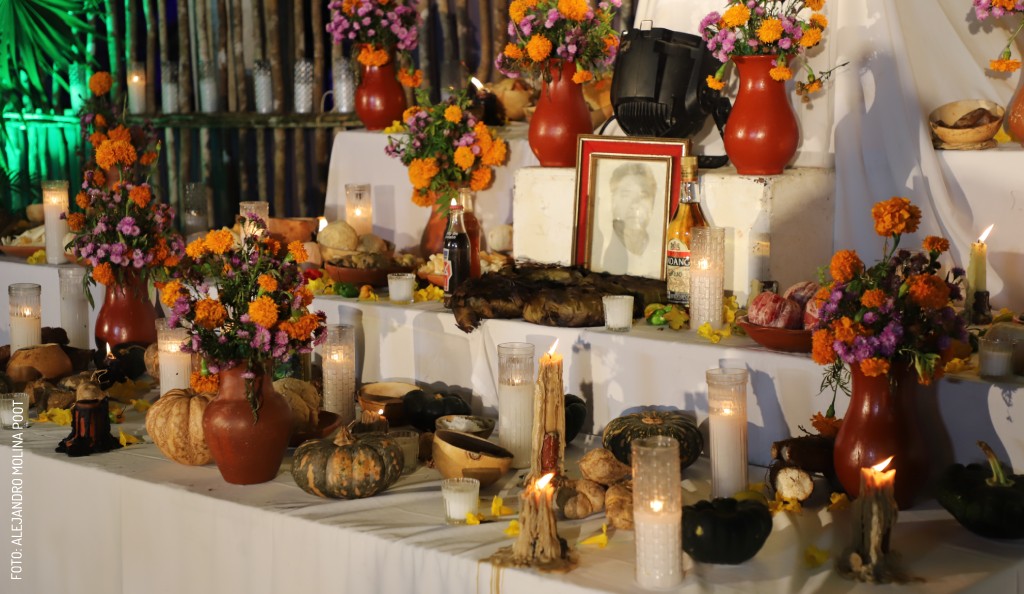
Janal Pixan, Day of the Dead or Finados: What’s the Difference?
Finados, Janal Pixan, or Day of the Dead in Yucatán
In Yucatán, what is known elsewhere as the Day of the Dead is called finados. The "days of finados" are those in which we remember those who are no longer with us: the finado (late) Don Elut, the finada Pelipa (Editor’s note: in Maya, the sound of the letter F is unusual, and many people pronounce it as P). A finado is someone whose journey in earthly life has ended.
As with other Day of the Dead celebrations, the days of greatest devotion to the "Finados" begin at the end of October. October 31 is dedicated to the souls of children; November 1, to the souls of adults; and November 2, to all the saints. In Yucatán, these souls are believed to stay among the living throughout November; in some communities, it’s still a cherished tradition to gather for prayers and prepare special meals on the last day of the month, a tradition known as mes biix. This comes from the Spanish word for month (mes) and the Maya word biix, which in Spanish is called ochovario or ochavario, and refers to the eight days following a death.
The days of finados are days of loving encounters between the living and those who have physically departed, whose souls remain and come to visit us. Rather than days of celebration, they are days of respect.
Preparation for the days of finados
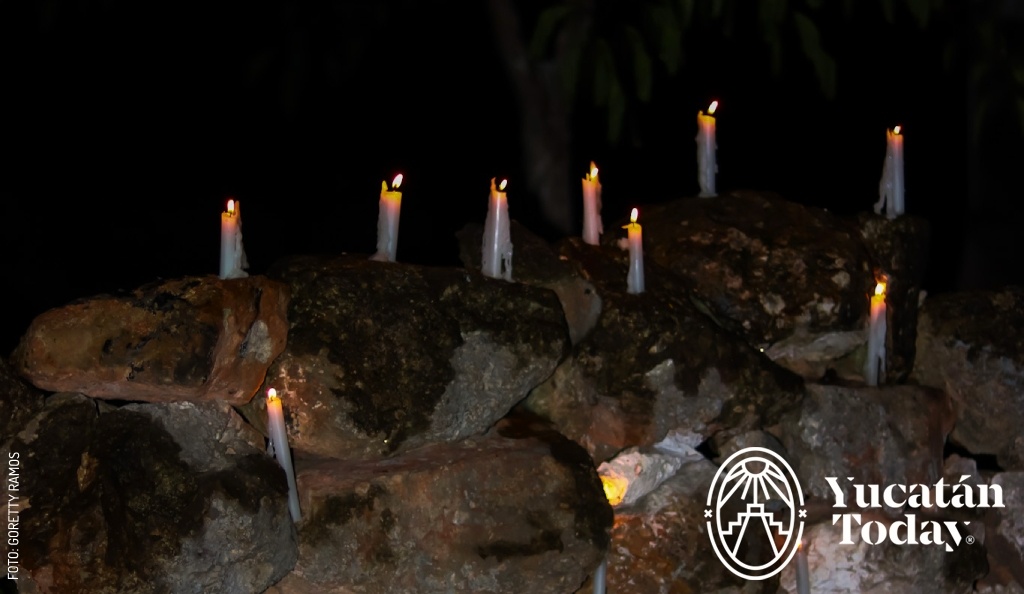
The days of finados involve a series of preparations ahead of time to welcome the souls. For some families, these preparations begin as early as October. During these days, even the air smells different; there is a feeling of sadness and nostalgia. In the countryside, you’ll notice colorful wildflowers blooming, which sometimes find their way onto the altars. These traditions, passed down through generations, are embraced with deep devotion, with little question to whether they are real or not. Families take special care in cleaning their homes and yards, knowing that a tidy space will bring comfort to the visiting souls, sparing them from any sadness or the need to tidy up themselves.
In some communities, albarradas (stone walls) are still painted white, and candles are placed to light the way for the souls that visit their relatives on Earth each year. The souls are remembered as they were in life; people recall the foods they liked and talk to them about what has happened in the year. It is a celebration of togetherness, a family gathering to prepare the food that the deceased loved, cooked in the píib (underground oven).
Janal Pixan, the Yucatecan Day of the Dead
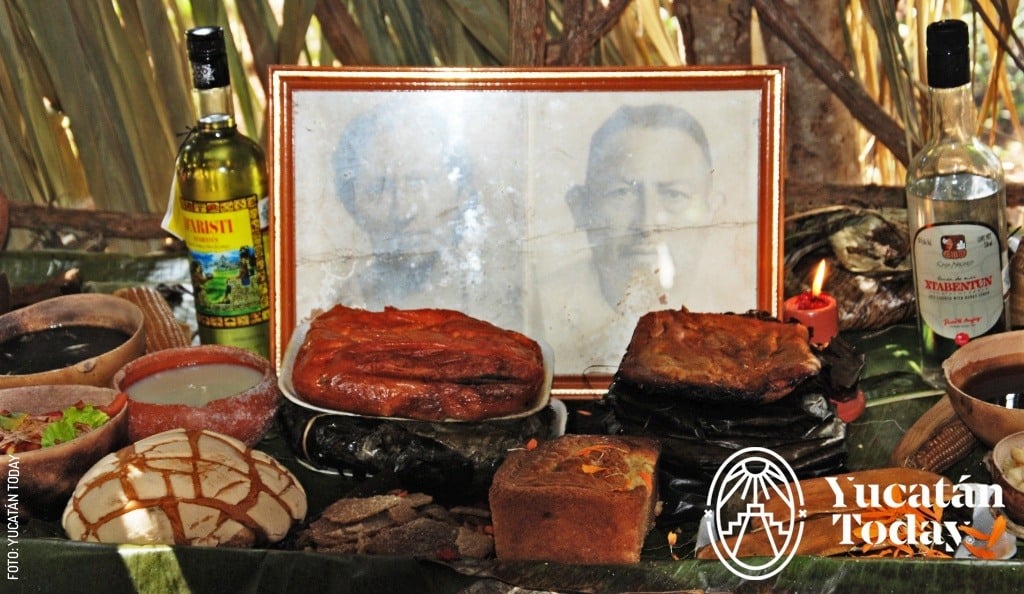
According to collected data, it was in 1995 that the term Janal Pixan was officially adopted for the finados days in the communities.
It is important to highlight that, according to the Maya language writing standards published by México’s National Institute of Indigenous Languages (INALI) in 2014, Janal Pixan should be spelled with a "J," despite the fact that some people continue to write it with an "H" (Hanal Pixan). Translated into English, Janal Pixan means "food for the souls," since the Maya word janal means food and pixan means spirit or soul, as the idea is that the spirits of the deceased are the ones who come to this feast.
It was from 1995 onwards that altar displays began in Mérida's Plaza Grande as part of the celebrations. Gradually, schools, universities, restaurants, and hotels in Mérida and across the state also began to hold their own displays, turning them into competitions where judges, some more knowledgeable about tradition than others, are invited each year. These contests are often distorted, as they tend to include elements that do not align with local cultural practices to create more "eye-catching" but less authentic altars.
Practices, displays, and representations related to the Day of the Dead in Yucatán
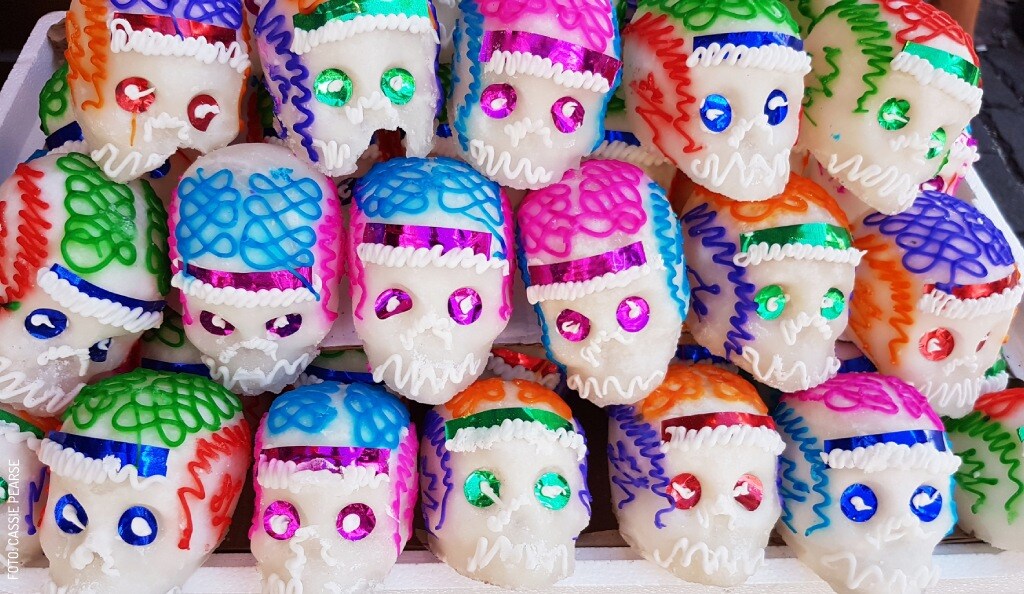
In recent years, along with the altar displays and competitions, artistic representations such as "La Muerte en Escena (Death on Scene)" "Delirio Teatral (Theatrical Delirium)”, "Paseos de las Ánimas (Stroll of the Souls)" and cemetery visits have multiplied both in Mérida and in some municipalities within the state, to name a few. These events are organized by official institutions and feature artists of varying levels of renown, gradually becoming part of the folkloric spectacle.
These events are generally grouped together with those happening throughout the rest of the country, commonly referred to as the Day (or Days) of the Dead. In schools, this connection is reinforced as children learn about the Day of the Dead while setting up altars (whether at home, school, or both), and they often attend classes dressed in traditional Yucatecan clothing in line with the celebration of Finados or Janal Pixan.
Finados, Janal Pixan, Day of the Dead, and now also Halloween
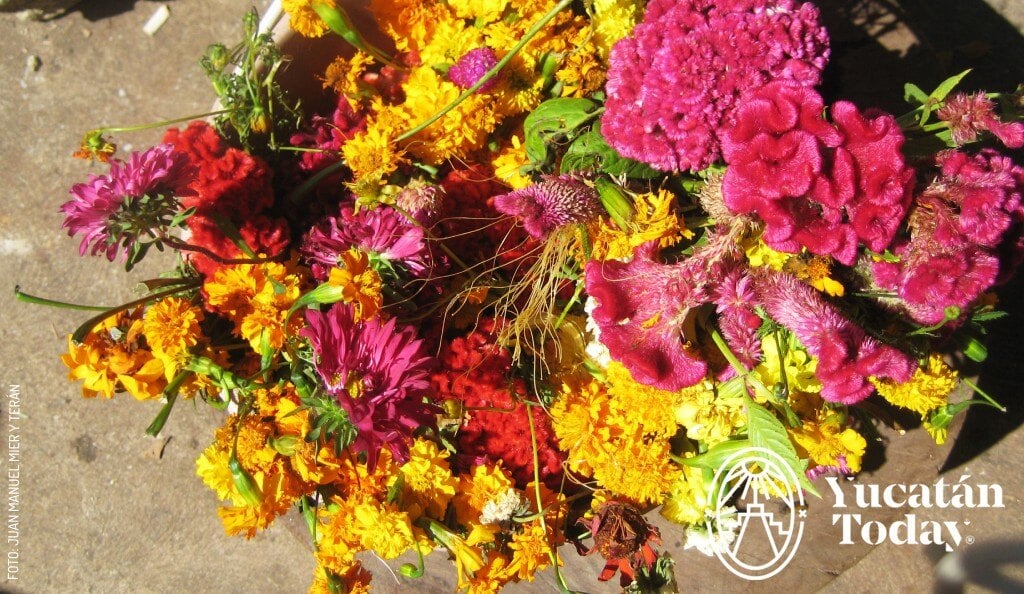
There is yet another cultural shift that has been taking place over time in Yucatán. With the influence of people from other regions, technology, and foreign media, one can increasingly observe references to Halloween, more associated with ghosts and monsters, and accompanied by costume parties. It is becoming more common for children to dress up and go out trick-or-treating, a tradition that never existed in Yucatán before.
Nowadays, the days of finados in Yucatán are expressed in countless different ways; even within the same municipality, the way of celebrating can vary and have its own unique touches. There’s no strict rule about what you should place on the altars—it all comes down to what each family feels and believes. According to testimonies gathered in the communities, even a glass of water with a piece of bread on the altar table is enough if done with true intention.
What should not be missing is the food that the deceased used to eat; also important are local wildflowers like xté, xpujuk, and jmul, as well as virginias, teresitas, and San Diego flowers, among many other wildflowers that grow during this time of year.
The days of finados are rich in religious syncretism, as on October 31 and November 1, families offer food, incense, and flowers in their homes for the souls of their relatives who come to visit, while on November 2, the church offers it for all the saints through masses and cemetery visits.
Poem: “Aire de Finados” by María Elisa Chavarrea
Published in Maya version in the poetry collection “k sóolil, k miatsil, puksi’ik’al” (2022).
| Finados | Finados |
|
Kin lep’ik in wóol in chuuy in nook’ nook’il yéetel loolo’ob, Tumen a xíimbale’ ma’ sáansamali’, Ku péek in wóol, Ku p’ilil in wiich Ku juum in puksi’ik’al, Tac, tac,tac, Séebil u bin le chuuyo’ Ku pe'echak' in wooko’ob Jun chi’, ka’a chi’, Kin lep’ik in wóol in chuyik náayo’ob, Nook’ ken tsaj yóok’ol mayek, Yaan u jats’utskuntal tumen loolo’ob, Janalo’ob, chujuko’ob, Nikikbáaj, nikte’, náayo’ob, Chéen juntéen ja’abjunja’ab ku taal u jats’utskint chuuybil nook’obo’ob. |
I hurry to embroider my dress, |
First published in Yucatán Today print and digital magazine no. 442, in October 2024, by the name of "Janal Pixan, Day of the Dead or Finados in Yucatán"
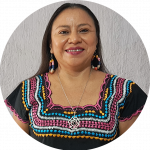
Author: Ely Chavarrea
Maya woman, mother, daughter, Maya migrant to the city; anthropologist, writer, poet, activist for the Maya language, cultural promoter, lover of flowers.
In love with Yucatán? Get the best of Yucatán Today delivered to your inbox.
Related articles
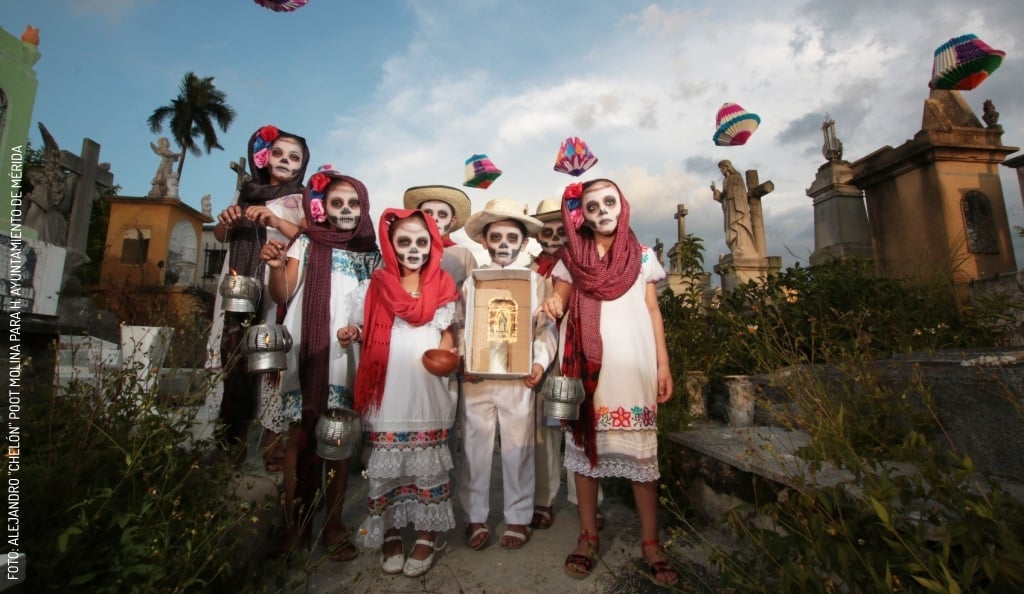
How to Enjoy Mérida's Festival of Souls… and Live to Tell
Your guide to enjoying the Festival of Souls 2025 and experiencing Janal Pixan in Mérida. Parades, altars, catrinas, pib, and the magical Paseo de...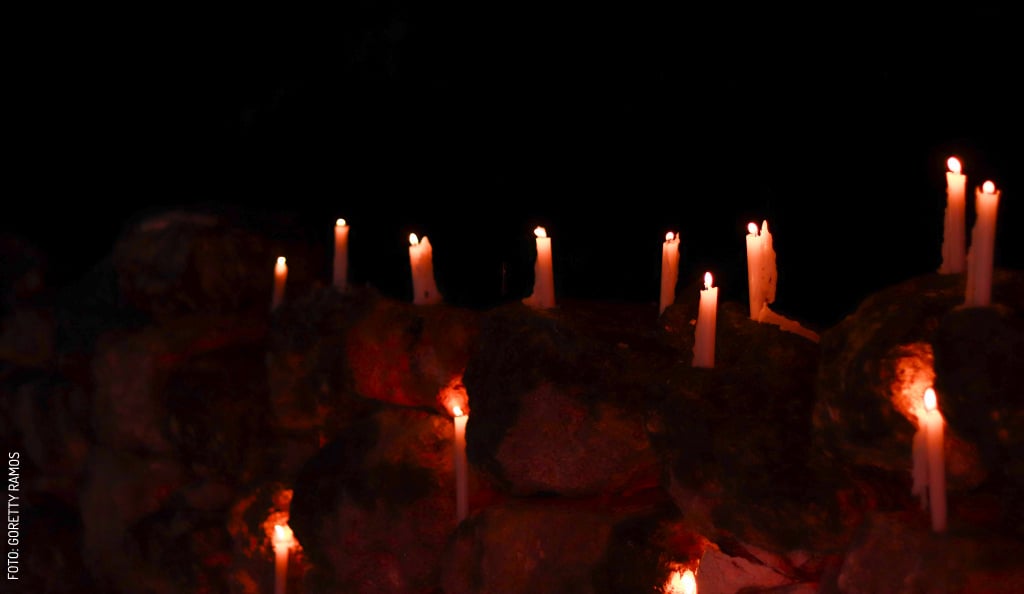
Biix and ochavario, the tradition of saying goodbye to our departed
How does Janal Pixan or Day of the Dead end in Yucatán? Find out when the souls go back to the underworld, and how families light their loved ones’...